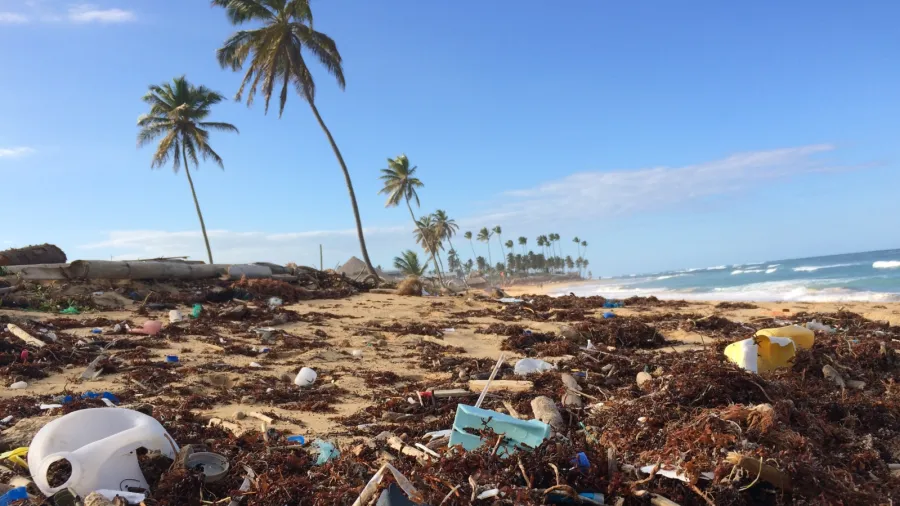
Howden Re sees property-cat rate decline
Forecasts show a 60% chance of La Niña developing midseason.
Howden Re reports that property-catastrophe (Property-Cat) reinsurance rates may decline due to capital recovery and increased market capacity. However, they caution reinsurers to remain vigilant amid a potentially active hurricane season and other market factors.
“The reinsurance market is at a critical juncture. While the recovery of dedicated capital and increased capacity signal a potential softening of rates, the forecasted active hurricane season and other market pressures could counteract these trends. Strategic adaptability and expert guidance are essential in navigating these dynamics.” David Flandro, Head of Industry and Strategic Advisory at Howden Re, said in a media release.
Despite notable rate increases in 2022 and 2023, Howden Re observed a moderation in pricing at 1 January, with average risk-adjusted rates-on-line 5% lower within a range of -7.5% to -2.5%.
The reinsurance market is adjusting, partly due to a resurgence in dedicated sector capital, now exceeding 2021 levels.
This recovery, supported by strong insurance-linked securities (ILS) inflows, has increased capacity, leading to rate reductions in higher layers.
Early engagement between buyers and sellers has allowed cedents to secure better terms and conditions, addressing previous increases in limits and attachments, as well as narrower wordings.
Reinsurers have completed many programmes early, increasing retrocession capacity deployment and enabling more favorable terms in a cautious market.
The ILS market has seen significant activity, with over $3.9B in issuance covering Florida perils this year. Larger Florida carriers have been active in issuing catastrophe bonds, contributing to the increased supply in higher layers.
Collateralized retrocession capacity has expanded, with capital providers' assets under management growing significantly.
Some reinsurers are refocusing on property risks, aiming to grow in peak zones such as the southwest wind, following strong financial performances in 2023.
The increased ILS interest reflects a trend towards diversified alternative risk transfer mechanisms, offering more options to manage exposures.
Several factors could exert short-term rating pressure. Forecasts indicate a potentially active 2024 hurricane season due to weakening El Niño conditions and a 60% chance of La Niña developing midseason, which typically results in stronger storms.
Additionally, rising Hurricane Ian loss estimates and persistent challenges in lower layers, especially below the 10-year return period, underscore market volatility.



















 Advertise
Advertise






